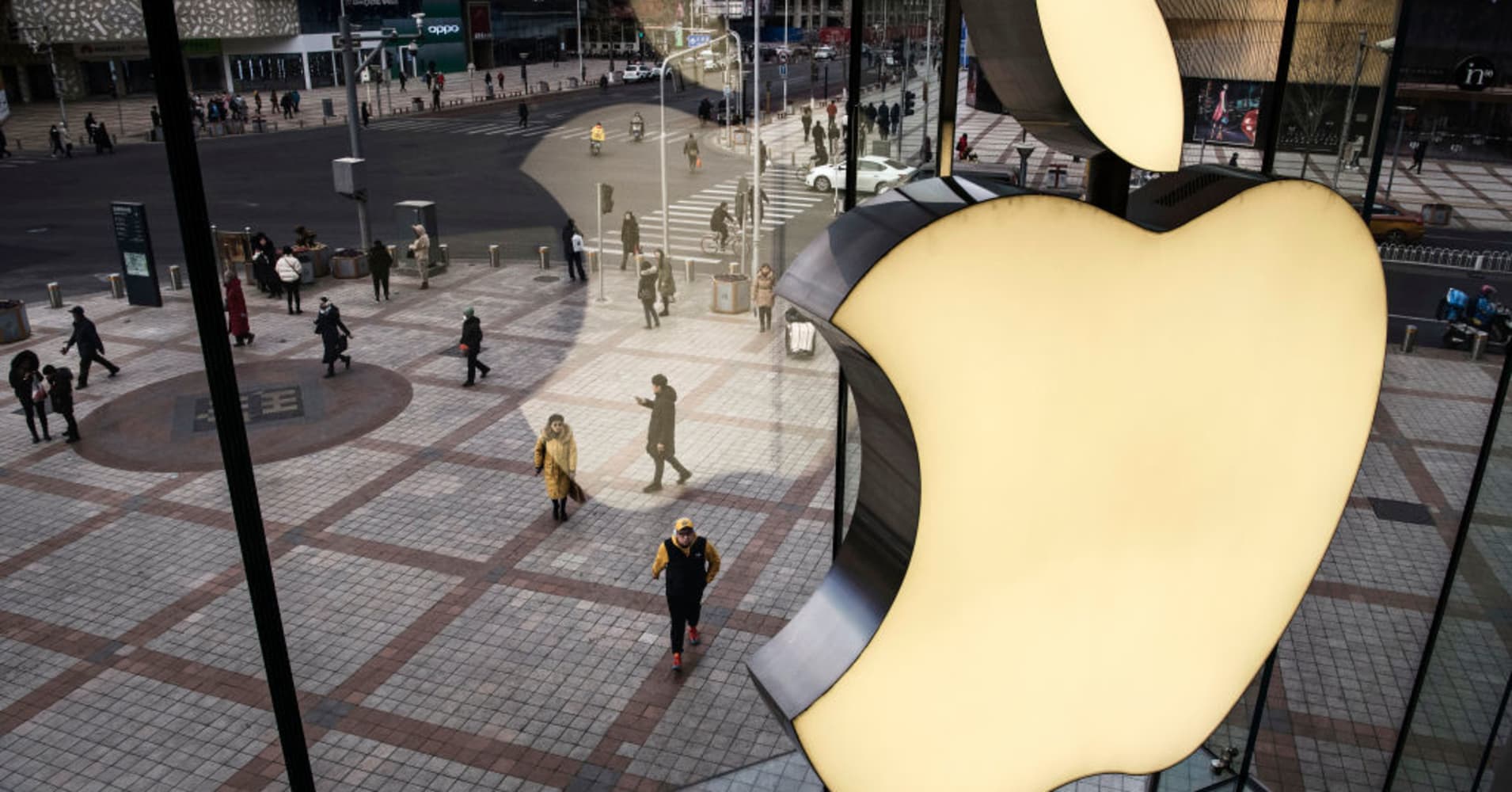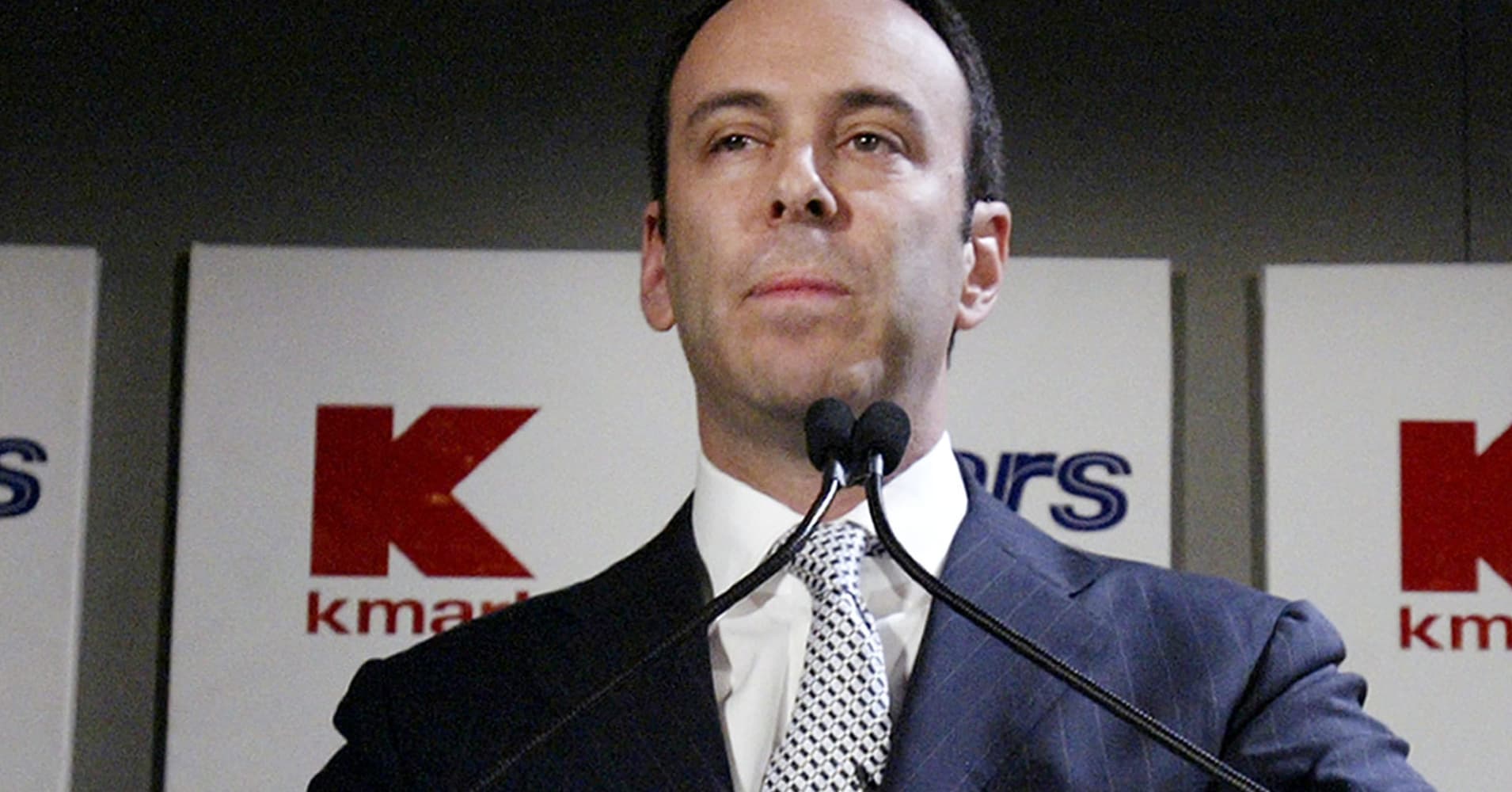
As fans place their bets on which team will win the Super Bowl, advertisers are also placing (multi-million) bets that their commercials will pay off.
This year brands are spending $5.25 million dollars per each 30 second spot. It’s the biggest ad spend ever, and CBS is expected to bring in $500 million in revenue from in-game ads, even while the TV audience is shrinking.
Last year, 103.4 million viewers watched the big game, down 7 percent from the year prior. However it’s still by far the largest TV audience event of the year. In comparison, only 26.5 million viewers watched the Oscars in 2018, according to Nielsen data.
Sports’ premiere game is “really attractive for advertisers, especially as consumers are watching on platforms and devices where there’s not always ads,” Jeanine Poggi, Ad Age’s senior editor, told CNBC’s “On the Money” in an interview. This year, she said commercials are expected to be more light-hearted and humorous in tone.
Coca-Cola, for the first time in more than a decade, will not be running an ad during the game. Instead, the company will run its spot just before the national anthem. The animated commercial promotes the idea that Coke is enjoyed by everyone no matter their race or beliefs.
“Of course the national anthem has been a source of controversy over the last two seasons, and I think Coca-Cola is really using it as a moment to bring people together,” Poggi said.
The anthem has become a polarizing moment for the National Football League a few years ago, ever since Colin Kaepernick knelt during the song to protest racial and social inequities.
Another big trend this year – women. We’ll not only see ads for women, but ads that were created by them.
Dating app Bumble, which lets the woman make the first move, will make their Super Bowl ad debut with tennis star Serena Williams in it’s “The Ball is in Her Court” campaign.
“Bumble will not only have Serena Williams in their spot but they have a team mostly comprised of all women creating the spot which is certainly different for the super bowl and advertising in general,” Poggi explained.
Meanwhile, beauty brand Olay will also run a Super Bowl ad for the first time and will feature actress Sarah Michelle Gellar. It’s rare to see a beauty brand advertise during the game, even though as Poggi points out “nearly half of the Super Bowl audience is female and has been for the last couple of years.”
The small It’s a 10 Haircare brand aired a spot in 2017, in order to showcase their expansion into the men’s hair category. Unilever’s Dove Men+Care ran ads in 2010 and 2015, but the last women’s beauty brand to air an ad was Dove in 2006, according to Ad Age.
“Historically women have always been showcased overtly sexualized or [as] stereotypes – the nagging wife or mom…and that’s changed,” said Poggi.
Michelob Ultra’s ad for its new beer Pure Gold will feature actress Zoe Kravits (daughter of Lenny Kravitz and Lisa Bonet). In a stark contrast to the excitement and volume of the game, this spot is meant to be calming. It uses ASMR, autonomous sensory meridian response, which is a technique that uses various sounds, such as tapping on glass or whispering, to make people feel a calming or tingling sensation.
“What Michelob Ultra trying to do is to create the sensation of what it feels like to drink their beer. This is a new organic beer so that’s kind of the element they’re trying to bring out,” Poggi explained.
AB InBev, which owns Michelob Ultra, is buying a record six and a half minutes of ad time. And while the company plays into a new trend for its new beer, it’s going to tap into nostalgia for Stella Artois.
This commercial shows two characters that came to fame in the 90s: Carrie Bradshaw from HBO’s “Sex and the City” and The Dude from the movie “The Big Lebowski.”
Both characters are known for having a signature drink: Bradshaw drinks Cosmopolitans and The Dude is famous for White Russians. In the ad however, they decide change is good and order a Stella.
So far it looks like the nostalgia play is paying off. “It’s already getting a ton of buzz,” Poggi told CNBC.
On the Money airs on CNBC Saturdays at 5:30 am ET, or check listings for air times in local markets.







